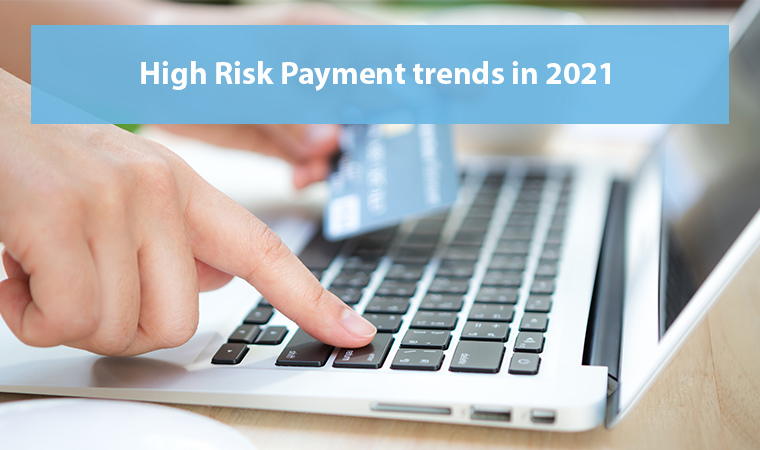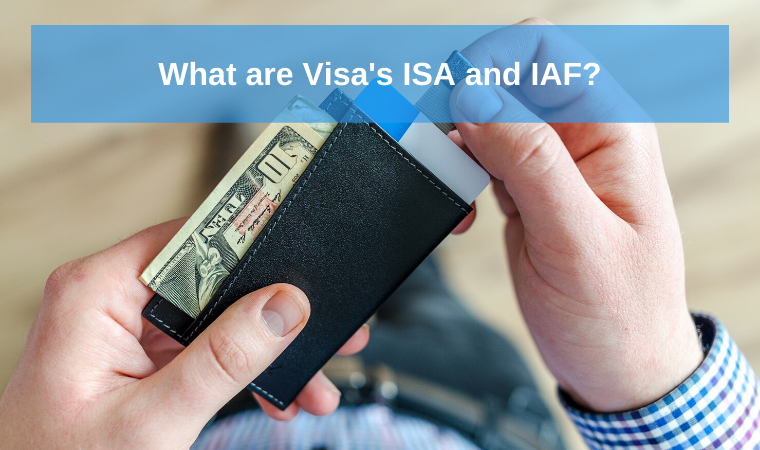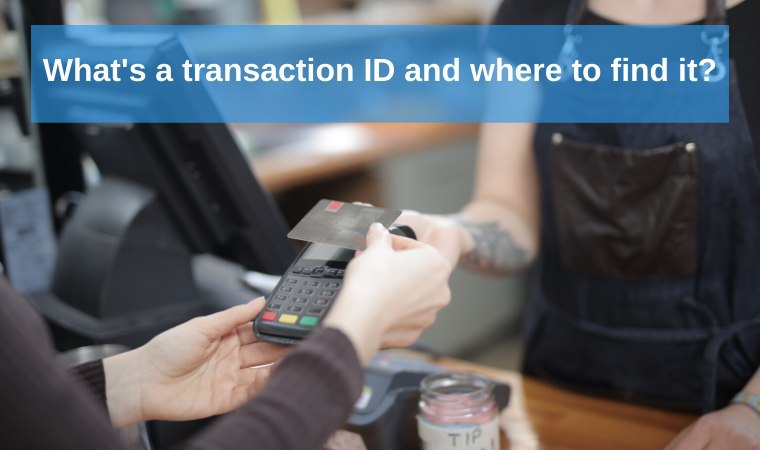The Payment Service Directive 2
The Payment Service Directive 2 is the EU directive aimed to increase competition in the market of payment services and harmonize the legislation on consumer protection and the rights and obligations of payment service providers and their users. The payment service directive 2 followed after the original Payment Services Directive (PSD) that came into effect in 2009.
What is the difference between a PSD and PSD2?
The purview of the first PSD was confined to payments in EEA (European Economic Area) currencies between Payers and Payees who had held accounts with Payments Service Providers (PSPs) located inside the EEA. Since PSD2 came into force, some changes happened. Besides the basic regulations of the PSD, PSD2 included the following;
- Intra-EEA Payments (payments made between PSPs located in the EEA) in any currency, not just European Unions currencies;
- One leg out (OLO) transactions in any kind of currency ( it is when one of the PSPs is placed inside the EEA and the other PSP is located outside the EEA).
- PSD2 boosted competition by creating a framework for new financial service providers (third-party providers (TPPs)) and new payment services (payment initiation and account information).
- PSD2 requires PSPs to use Strong Customer Authentication (SCA) when a Payment Service User accesses its payment account online or initiates a payment transaction.


